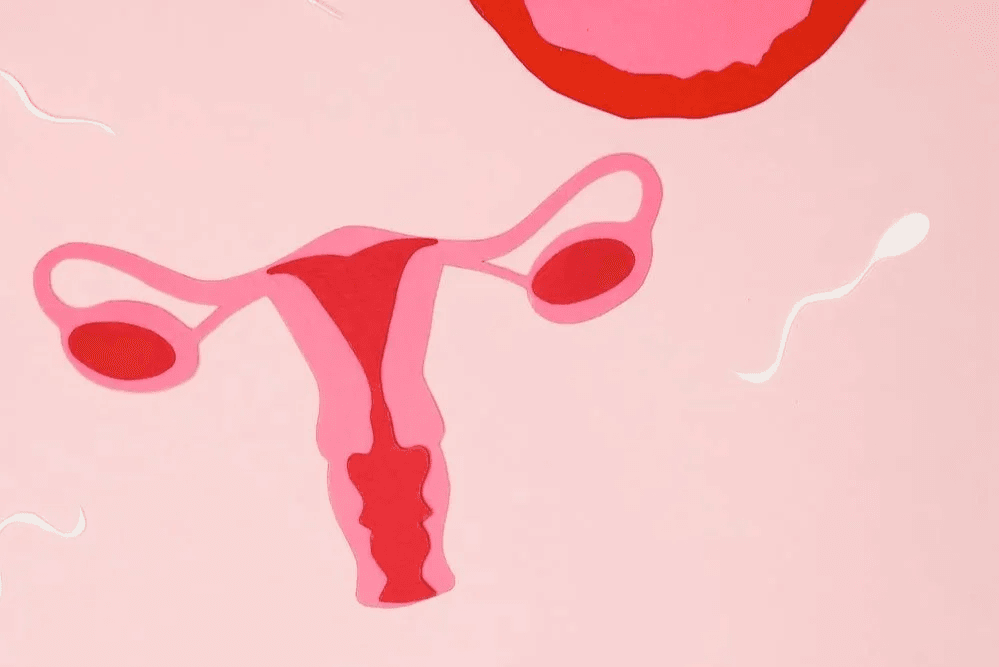
Everything You Should Know About Tubal Factor Infertility
Infertility is sometimes caused by internal damage to the reproductive organs.
Infertility is sometimes caused by internal damage to the reproductive organs. Many women experience problems with their ovaries or sometimes uterus and therefore may have difficulty in conceiving.
Sometimes, the fallopian tube may be damaged. 20-25% of couples are unable to conceive because of damaged fallopian tubes. If your fallopian tubes become damaged, it can make it very hard for your egg to pass into your uterus and for the sperms to reach the egg. This can make conception difficult or even impossible. However, there are a number of methods used to test whether the fallopian tubes are open or not. There are also treatments to help you achieve pregnancy despite damaged tubes.
What are fallopian tubes?
The fallopian tubes are also called tubes. There is a pair of tubes attached to the uterus on both sides reaching up to the ovaries. Approximately about 10cm long, the fallopian tubes are not directly attached to the ovaries. Instead, the tubes open up into the peritonial (abdominal) cavity, very close to the ovaries.
What do fallopian tubes do?
Once the egg has been released from the ovary, the tube picks up the egg using fingerlike projections. Once within the tube, tiny hairs inside the tube help to sweep the egg towards the uterus.
After intercourse, sperms are deposited high in the vagina. They swim from there through the uterus to meet the egg within the tube. It is within the tube that fertilization takes place. The embryo which is formed then travels slowly to reach the uterus. The inner lining of the tube is specially made to make sure the embryo remains healthy throughout its journey in the tube.
What do we mean by damage to the tubes?
Damage means that either one or both tubes are blocked. Sometimes they may not be completely blocked but may have internal scarring or destruction of the inner lining.
What causes tubal damage?
Tubal damage is usually caused by an infection which has spread up from the vagina, through the uterus and into the tubes. This is commonly known as pelvic inflammatory disease.
Less often, tubal damage may be due to endometriosis or adhesions which may form following operations on the uterus or ovaries.
How does the infection cause damage to the tubes?
The most common infection is an organism called Chlamydia. When the infection gets into the tubes it causes an intense inflammatory response. Bacteria, white blood cells and other fluids (pus) fill the tubes as the body tries to fight the infection. Finally, the body wins and the bacteria are destroyed.
However, during the healing process, the delicate lining of the tubes can be permanently damaged. The end of the tube, near to the ovaries, may become partially or completely blocked. In badly damaged tubes, the blocked tube may fill with fluid and is called a hydrosalpinx. Scar tissue or adhesions may form around the outside of the tubes and the ovaries.
All of these factors can damage tubal and ovarian function and reduce the chances of conception in the future.
What tests are available to find out about tubal damage?
Hysterosalpingogram
Laparoscopy and Tubal Dye Tests
What treatment is available for the management of tubal problems?
There are two possible treatments:
Should I have IVF or surgery?
The most appropriate treatment depends on a number of factors including
With increasing success rates of IVF, fewer women would now be recommended tubal surgery. Furthermore, tubal surgery may unblock the tube but may be unable to restore normal tubal function.
What are my chances of pregnancy after surgery?
This depends on the condition of the tubes at the time of surgery. If you have not conceived within one year of the operation, it is unlikely that your operation has been successful. Also, pregnancy after tubal repair can occur in the tubes – an ectopic pregnancy. The chance of this happening can be as high as 5 – 25%
What are my chances of pregnancy after IVF?
This will depend on your age, duration of infertility and also on whether other problems are also present. Our centre has a pregnancy rate of about 42%. Unlike after surgery, the chance of an ectopic pregnancy is small – 1-3%. IVF is more expensive than tubal surgery. You will know whether you are pregnant in two weeks after the procedure.
- Popular Tag:
- Reproductive Organs.






Comment (0)